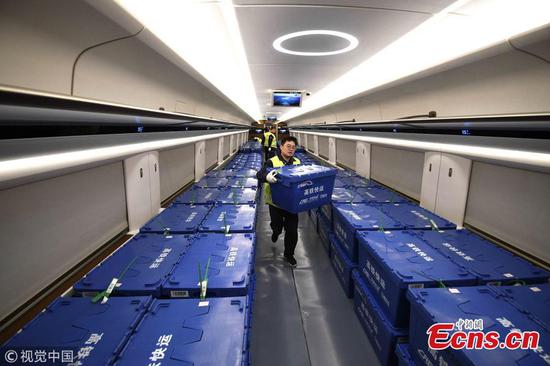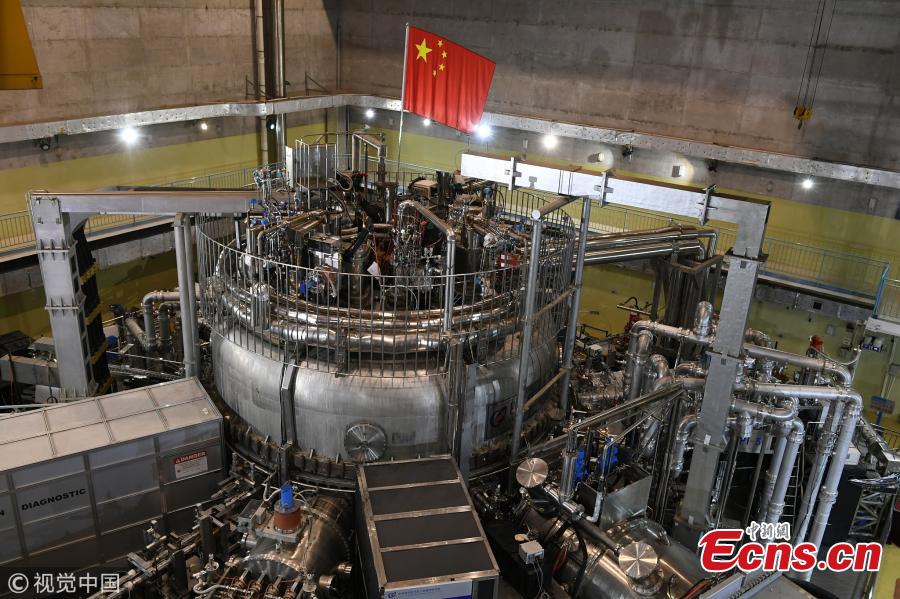
China's self-designed "artificial sun," a device to harness the energy of fusion, has made an important advance by achieving a temperature of 100 million C in plasma and a heating power of 10 megawatts, media reported, noting the progress could pave the way for developing clean energy through nuclear fusion. The Institute of Plasma Physics, affiliated with the Chinese Academy of Sciences, announced on its website on Monday that various data points achieved in the experiments are close to meeting physics' demand for future steady-state fusion reactor operation. Independently designed and developed by China, the Experimental Advanced Superconducting Tokamak (EAST) is the world's first fully superconducting tokamak with non-circular cross-section and the country's fourth generation experimental nuclear fusion device(Photo/VCG)
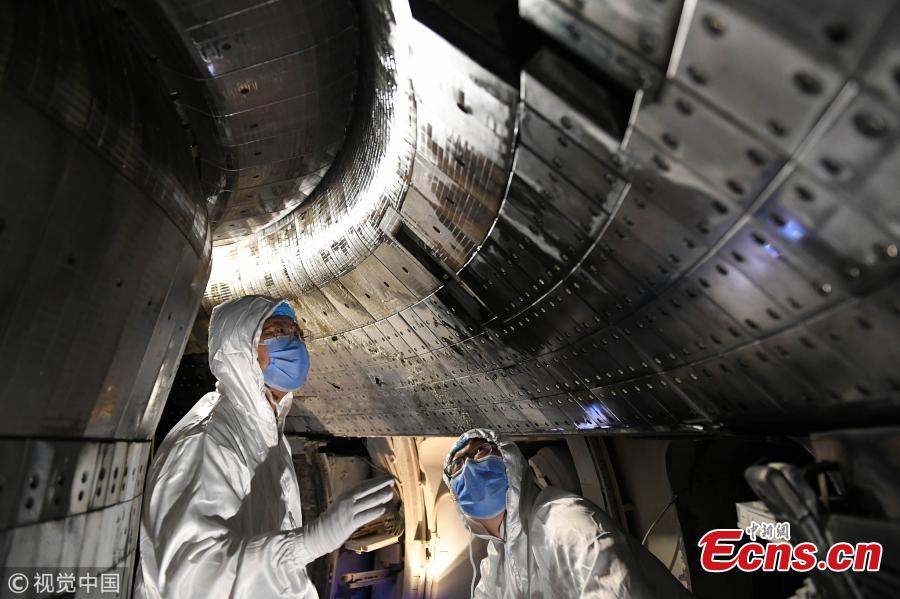
China's self-designed "artificial sun," a device to harness the energy of fusion, has made an important advance by achieving a temperature of 100 million C in plasma and a heating power of 10 megawatts, media reported, noting the progress could pave the way for developing clean energy through nuclear fusion. The Institute of Plasma Physics, affiliated with the Chinese Academy of Sciences, announced on its website on Monday that various data points achieved in the experiments are close to meeting physics' demand for future steady-state fusion reactor operation. Independently designed and developed by China, the Experimental Advanced Superconducting Tokamak (EAST) is the world's first fully superconducting tokamak with non-circular cross-section and the country's fourth generation experimental nuclear fusion device(Photo/VCG)
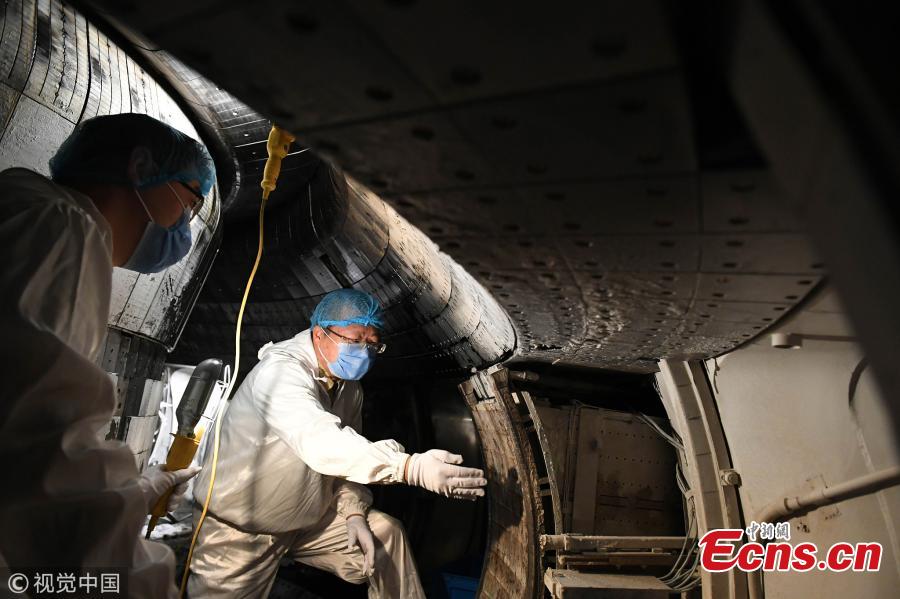
China's self-designed "artificial sun," a device to harness the energy of fusion, has made an important advance by achieving a temperature of 100 million C in plasma and a heating power of 10 megawatts, media reported, noting the progress could pave the way for developing clean energy through nuclear fusion. The Institute of Plasma Physics, affiliated with the Chinese Academy of Sciences, announced on its website on Monday that various data points achieved in the experiments are close to meeting physics' demand for future steady-state fusion reactor operation. Independently designed and developed by China, the Experimental Advanced Superconducting Tokamak (EAST) is the world's first fully superconducting tokamak with non-circular cross-section and the country's fourth generation experimental nuclear fusion device(Photo/VCG)
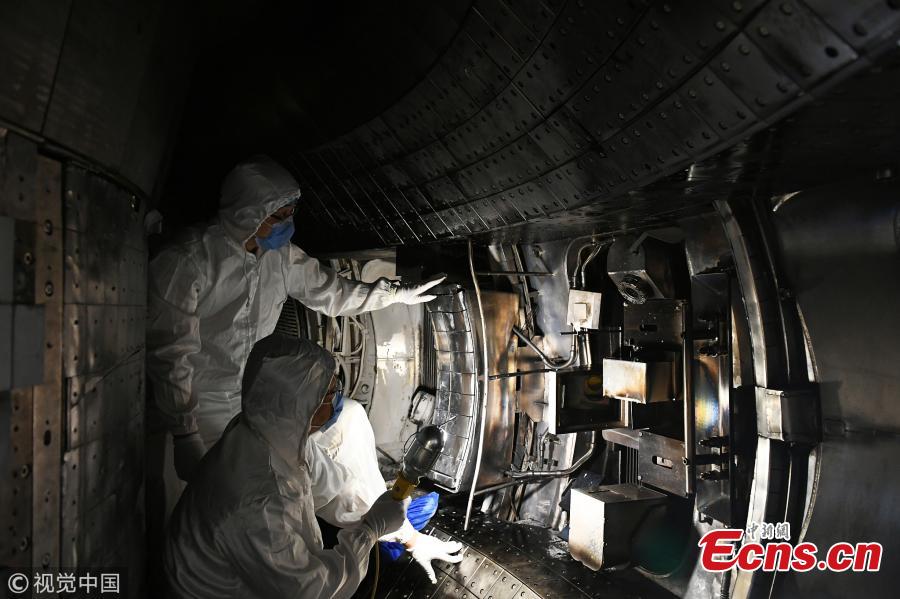
China's self-designed "artificial sun," a device to harness the energy of fusion, has made an important advance by achieving a temperature of 100 million C in plasma and a heating power of 10 megawatts, media reported, noting the progress could pave the way for developing clean energy through nuclear fusion. The Institute of Plasma Physics, affiliated with the Chinese Academy of Sciences, announced on its website on Monday that various data points achieved in the experiments are close to meeting physics' demand for future steady-state fusion reactor operation. Independently designed and developed by China, the Experimental Advanced Superconducting Tokamak (EAST) is the world's first fully superconducting tokamak with non-circular cross-section and the country's fourth generation experimental nuclear fusion device(Photo/VCG)













